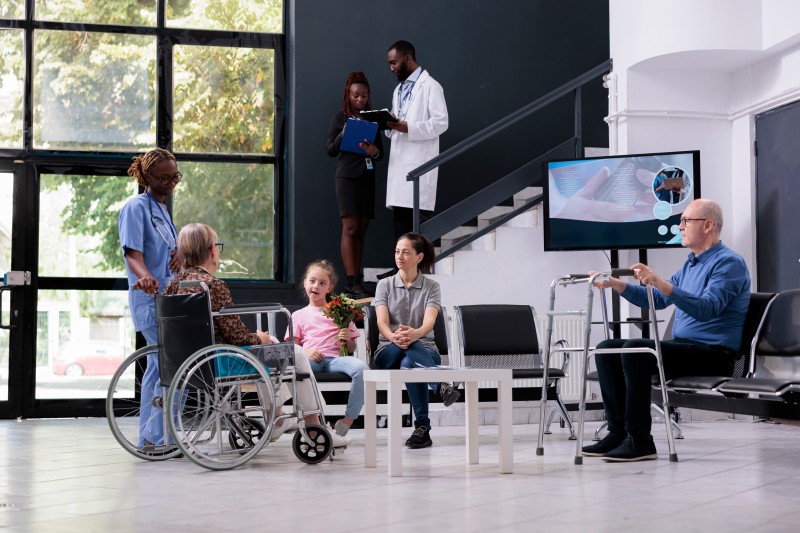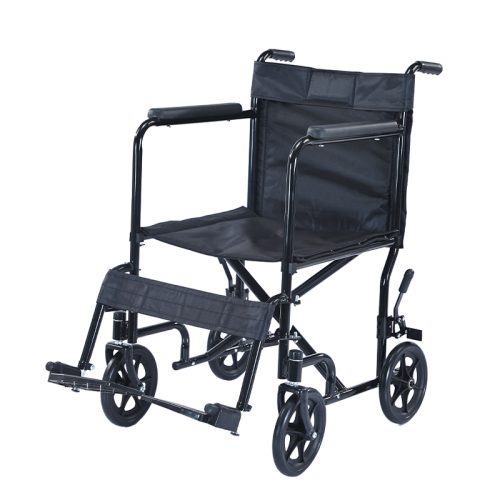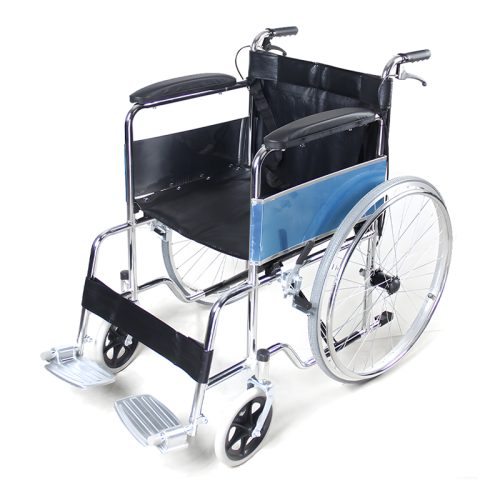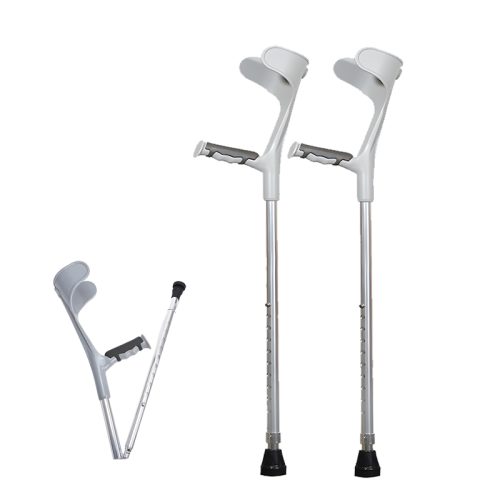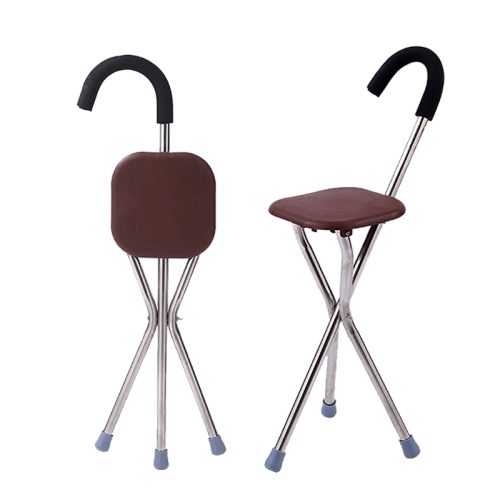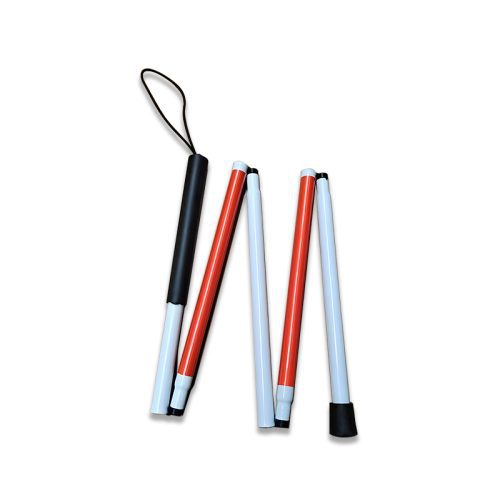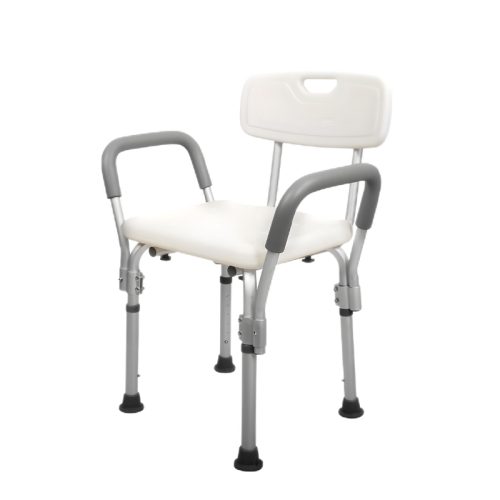
- Cadeira de rodas
Regulamentos de importação de cadeiras de rodas da RDC: Tarifas, conformidade e melhores práticas de distribuição
- Por kelingmedical
1. Estrutura pautal da RDC para cadeiras de rodas e aplicação do código SH
Principais actualizações (2025):
As cadeiras de rodas manuais estão classificadas no código SH 8713.10, que inclui um direito de base de 15% e um IVA adicional de 18%.
O código SH 8713.20 refere-se a cadeiras de rodas motorizadas sujeitas a um direito de base de 20% e a uma taxa de IVA de 18%.
As cadeiras de rodas designadas como "ajuda humanitária" beneficiam de reduções de direitos se possuírem um certificado do Ministério da Saúde.
Estratégias de otimização de custos:
Os componentes de cadeiras de rodas devem ser importados ao abrigo da posição 8714.99 do SH com uma taxa de direito 12% e depois montados localmente.
Utilizar as preferências comerciais do COMESA para importar componentes de origem chinesa ao abrigo de acordos bilaterais.
As empresas podem recuperar entre 40% e 60% de direitos de importação pagos quando reexportam mercadorias para países vizinhos.
2. Lista de controlo principal da documentação de desalfandegamento
Documentação necessária:
Fatura comercial (bilingue francês/inglês)
Certificado de origem (CCPIT-notarizado)
Licença de importação da RDC (emitida pela ARMP)
Certificado de Conformidade SONACOQ
Fatura Proforma com INCOTERM 2025
Lista de embalagem com peso bruto/líquido
Notas Críticas de Conformidade:
Apenas os documentos que contenham assinaturas a tinta húmida são aceites no porto de Pointe-Noire porque as assinaturas digitais não satisfazem os seus requisitos de apresentação.
Declarar os valores em franco congolês (CDF) para evitar litígios relativos à conversão de divisas.
Todas as baterias de cadeiras de rodas motorizadas devem ter números de rastreio semelhantes aos códigos IMEI.
3. Mandatos de localização para distribuição de cadeiras de rodas
Requisitos de rotulagem:
O rótulo francês exige a validação do Ministério do Comércio num prazo de 72 horas.
Adenda em Braille: Obrigatório para cadeiras de rodas pediátricas
Os modelos de baterias de lítio necessitam de etiquetas que avisem que devem ser armazenadas a uma temperatura inferior a 30°C.
Adaptações técnicas:
Conversão de tensão: Modificar os carregadores para a norma 220V/50Hz
As estruturas das cadeiras de rodas necessitam de ser reforçadas para resistir às condições das estradas lateríticas.
Pelo menos 20% das artes/castelos em inventário devem ser adquiridos localmente.
Processo de certificação:
Inspeção pré-embarque pelo Bureau Veritas
Registo de produto de 45 dias na ARSER
Relatórios de vigilância pós-comercialização de 6 em 6 meses
Conclusão
As operações eficazes de importação de cadeiras de rodas na RDC exigem uma conformidade exacta com as leis de localização em mudança e estratégias inteligentes de otimização de tarifas. Os distribuidores de equipamento médico podem alcançar uma eficiência de desalfandegamento de 98% e reduzir os custos de desembarque até 34% através de estratégias de montagem modular, juntamente com uma preparação meticulosa de documentos e modificações de produtos adaptadas ao clima.
FAQ
Q1: Como são calculadas as tarifas sobre as cadeiras de rodas para os envios mistos? R: Os direitos aplicam-se proporcionalmente com base nos rácios do código SH. Recomenda-se a apresentação de facturas separadas por categoria de produto.
Q2: Qual é o tempo de espera para a certificação SONACOQ? R: 18-25 dias úteis. Processamento acelerado disponível para encomendas >500 unidades.
P3: Os manuais em francês são suficientes para as zonas rurais? R: Não. São necessários guias de arranque rápido em lingala/swahili para distribuição fora de Kinshasa.
Contacte a Keling Medical para obter soluções para cadeiras de rodas específicas para a RDC 📧 Correio eletrónico: inquiry@shkeling.com 📱 WhatsApp: +86 182 2182 2482 🌐 Explorar produtos: Catálogo de cadeiras de rodas Keling Medical

